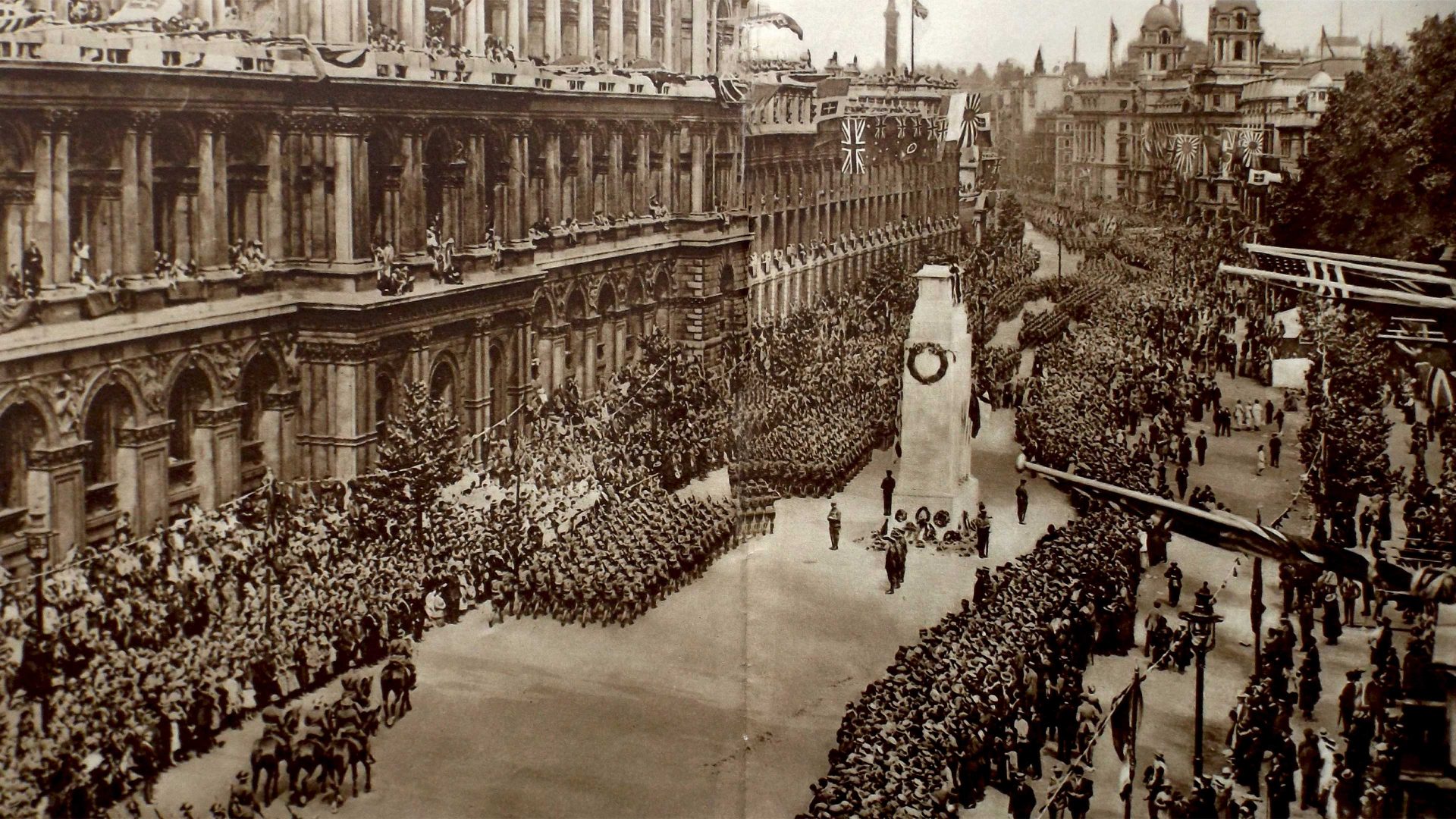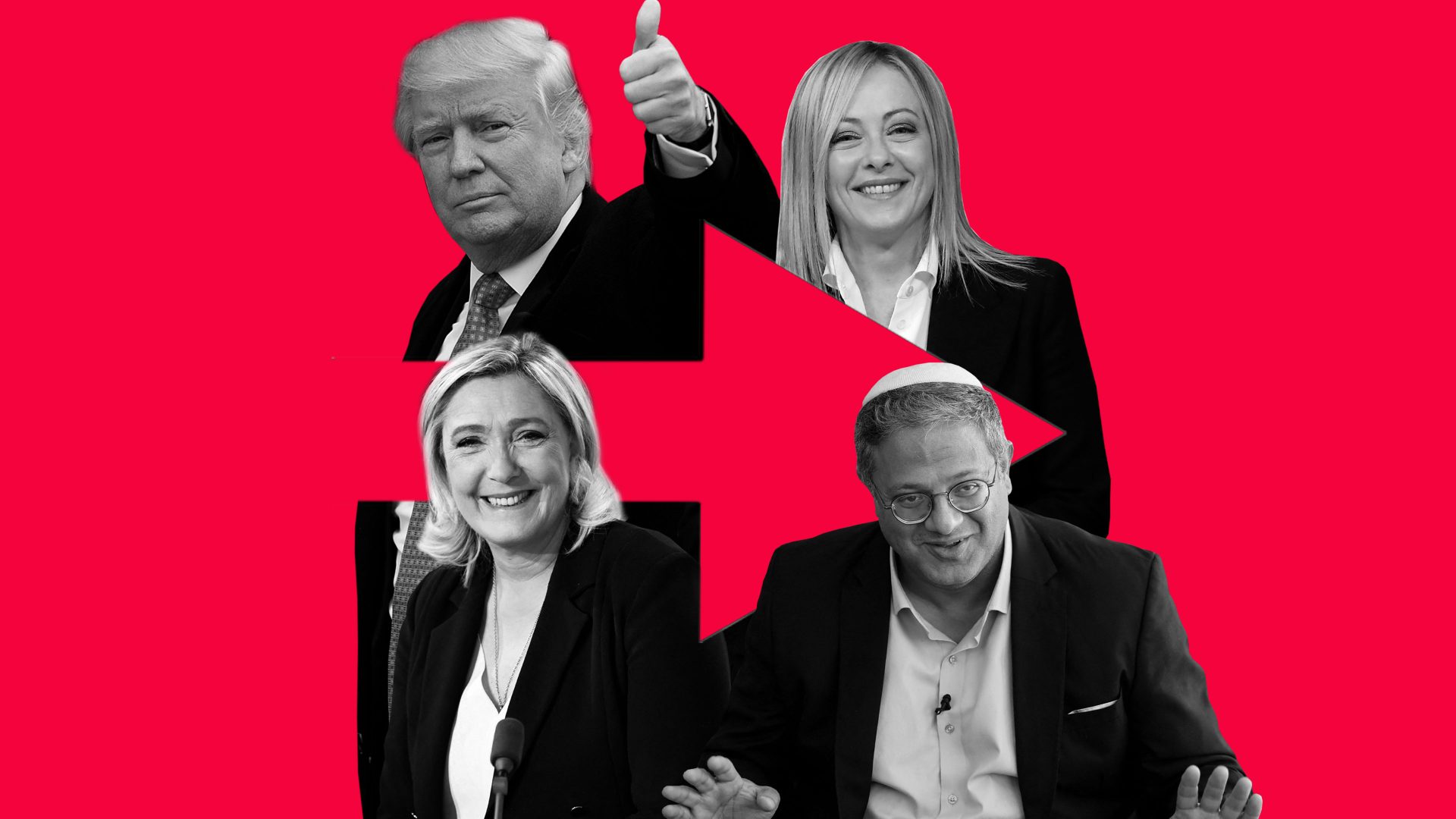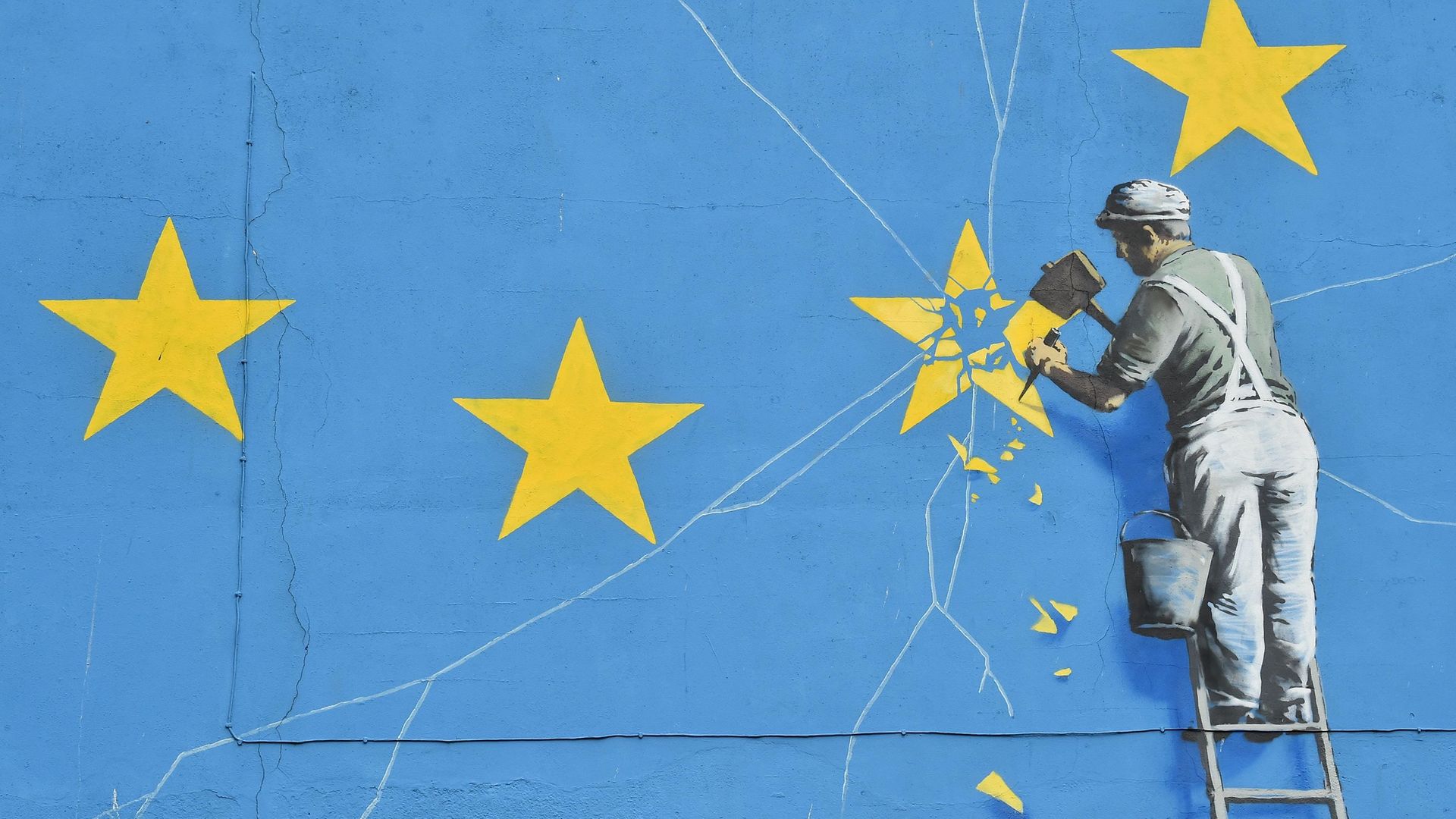On the second Sunday of each November, the UK remembers its war dead. The centrepiece is the service held at the Cenotaph, the national war memorial in Whitehall.
The Cenotaph is at the centre of a network of memorials on every village green and town square. If the view from green to green or square to square were unobstructed, you would be able to use these memorials to locate yourself in the national consciousness, in the same way that you can triangulate yourself in physical space by using the Ordnance Survey triangulation pillars that sit on top of prominent hills, always in line of sight of two other such points. Thus, the Cenotaph is one of the sacred keystones of British consciousness, and during our remembrance activities we project our national narrative on to its bare white Portland stone.
Every year since 1952 bar seven occasions – four when on overseas visits, twice when pregnant, and last year when unwell – Queen Elizabeth II led the nation in remembering, laying a wreath as a focal moment of the Cenotaph service. We projected our narrative on to our late Queen, too. She was the living link back to a wartime generation, at key times providing the nation with a warmth cold stone could not.
The 14-year-old Elizabeth made her first radio broadcast in 1940, addressing other children who had been evacuated from the cities. In 1945, she trained and worked as a driver and mechanic in the Auxiliary Territorial Service. On Victory in Europe Day, she moved unnoticed through the celebrating throngs with her sister, Margaret.
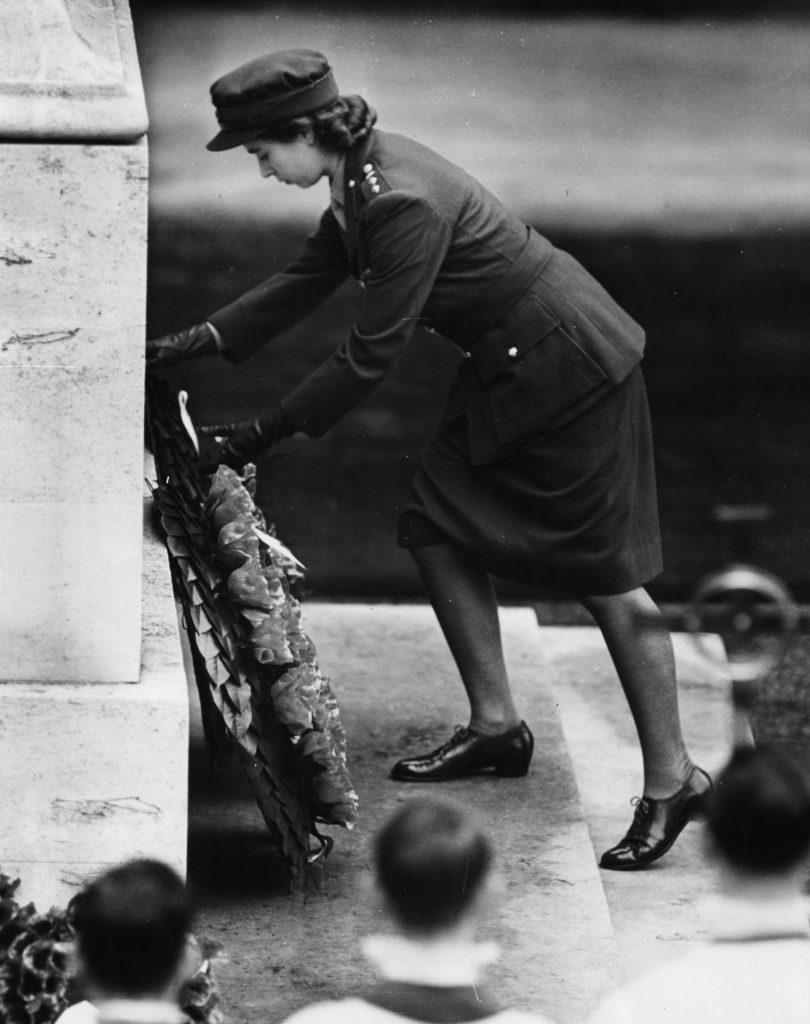
There are no veterans of the first world war left now and a rapidly shrinking number of veterans of the second world war. The Queen’s death severs a national link, but many families have also had their individual links to the military severed over the last few decades as the veterans of these mass-conscription wars have died. Most people in the UK now do not know someone who has served in the forces. The more recent wars in Iraq and Afghanistan, fought by a small, professional army, are seen differently to the first and second world wars.
In recent years, the Cenotaph has also been the site of protest and vandalism. This is part of a wider debate around how society remembers, and the influence our past has on our present. Our memories are fundamental to defining who we are: they give us coherence. They are the foundations of the narrative we create about ourselves. This is true of both individuals and groups. The first Remembrance Sunday without the Queen provides an opportunity to reflect on what, who and why we remember. Events in Russia and Ukraine also provide a warning of the dangers of hijacking such memories.
According to the philosopher Avishai Margalit, moral nightmares like the Holocaust must remain in our collective memories as an act of duty not just to the victims, but to all mankind. For Margalit, there’s an imperative to remember. But what should we remember, and how? The loss of such an enduring national symbol as the Queen gives us an opportunity to reflect on how we remember all those who have given service.
Remembrance falls between personal memorialising, first-hand and inherited memories, and objective history, linking the specifics of individual memory to the general of collective consciousness. It involves subjective interpretation, as past acts are imbued with different meanings by individuals and states, losers and winners, victims and perpetrators. But is remembering a moral act? The philosopher Cécile Fabre believes that “you have a moral responsibility to make sure that you remember the right people”. Remembrance shouldn’t be about what is most flattering or most politically expedient to remember, but about what it is right to remember.
When troops marched past the first temporary Cenotaph in 1919, Fabian Ware, founder of the then Imperial War Graves Commission, noted that if the empire dead had marched four abreast down Whitehall it would have taken this ghost army of slaughtered poets and doomed youth three and a half days to pass through. There was no triumphalism or singing of victory songs. The Cenotaph was designed to be a secular memorial to create an equality of remembrance and bring together those in mourning regardless of class or creed.
At a basic level, remembrance is how we understand and move on from the most traumatic of experiences. The Germans call it Vergangen-heitsaufarbeitung, “working through the past.” After the first world war, the incomprehensible scale of grief had to be made sense of, so memorials were erected and the departed were sent on one final parade to holes in military cemeteries – absent platoons rendered in ordered, seemingly infinite lines of white crosses, as if the orderliness of the cemeteries could undo the chaotic destruction those buried within had endured.
Remembrance provides spaces and occasions to mourn as individuals and communities. Most families of the fallen were unable to visit distant graves, but they could at least touch the cold communal stone and run their fingers over the names of their loved ones: it provided a physical anchor amid a void of absence.
The ceremonies and spaces of remembrance have become sacred. But those who hold such spaces sacred must recognise that they have become associated with a certain type of patriotism, and that no nation’s identity is homogeneous or fixed. There is now an insistence that everyone needs to take part in Remembrance Day or risk being accused of not being truly British.
Ever since Pericles, in his funeral oratory, praised the war dead of 5th-century Athens to encourage others to keep on fighting, remembrance has been used for political purposes. In what is known as poppy fascism, every year people in the public eye are shamed for not wearing a red British Legion poppy. Remembrance Sunday in the UK has become less a time for reflection on those lost and more of an opportunity to display this type of patriotism, which is linked to nostalgia but also used to drive current politics.
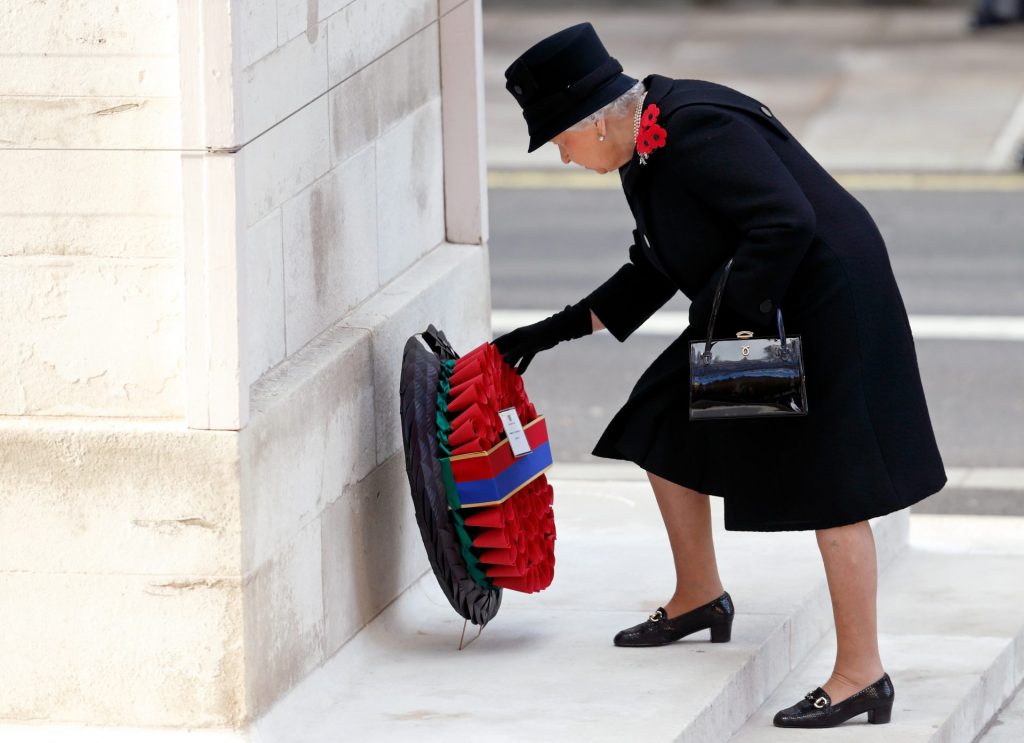
It matters for the cohesion of a society that people of different backgrounds and social positions encounter one another during ordinary life and can share in the key civic ceremonies and occasions of the nation. The funeral of the late Queen was a profoundly unifying national event, but there were some who cited the lack of recognition of the royal family’s role in past crimes committed against communities they belong to as a barrier to taking part.
Vladimir Putin has been using the memory of Russian war dead to drive his politics and promote his own version of history. In Russia, the Day of Remembrance and Sorrow is celebrated on June 22, the anniversary of the axis invasion of the Soviet Union during the second world war.
But there is also Victory Day on May 9 (one day later than VE Day in the rest of Europe as by the time Germany’s surrender was formalised, it was already the following day in Moscow). The first took place in 1945, then there was a gap until 1965, when it became a public holiday, and then another gap until the 40th anniversary in 1985. The parades were halted in the immediate post-Soviet era, to be revived again during Putin’s reign.
Since 2008, the bands and banners have been joined by military hardware – a revival of Soviet-era parades more associated with the anniversary of the 1917 revolution that brought Lenin’s Bolsheviks to power. For the 75th anniversary, two years ago, a new cathedral dedicated to Russia’s armed services was opened, cementing the link between the Russian armed forces and the Orthodox Church. This year in Russian cities and regional capitals we saw signs with the Victory Day symbol but also signs with “1945/2022” written on them, in an obvious attempt to suggest that both the second world war and the current war in Ukraine were both against Nazis threatening the motherland.
Ironically, there are clear echoes of what Putin has done in Russia with what happened in Germany after the first world war. In 1919, the German War Graves Commission proposed a Volkstrauertag (people’s day of mourning) for soldiers killed in the first world war. In 1934, the National Socialists created a Heldengedenktag (Day of Commemoration of Heroes), shifting the emphasis from reflection to hero worship.
The Nazis used the dead as a political tool, claiming that they had been betrayed by Jews, Communists and a conspiracy of the victorious foreign nations. Putin has increasingly used May 9 to threaten enemies and fan the flames of a new binding Russian nationalism. The message is rarely about the need for reconciliation. It focuses on developing the narrative of blame against Nato for repeated humiliations and betrayals of Russia after the fall of the Soviet empire. Germany wanted to move on from the memory of failure in one war by attempting to win another.
After the second world war Germany took a very different approach. The Volkstrauertag was reinstated in place of the Heldengedenktag. Its scope was widened to include civilians who died at the hands of an oppressive government.
Germany has attempted to move on from its past through a programme of remembrance and reconciliation. Germans now remember their war dead, but the swastika is banned, Holocaust denial is a crime, school curricula have been rewritten to include anti-racist material and there are federally funded memorials that acknowledge German war crimes. This is very different from putting figures from the past who were responsible for great wrongs on literal pedestals, with no acknowledgement of those wrongs. It places them in a clear context that unambiguously demonstrates our view of them now.
Germany has taken responsibility for its moral failures and made efforts to ensure its citizens are remembering the right people. France has taken similar steps. There’s now a plaque on the façade of every Parisian school from which Jewish students were taken during the occupation. The immediate postwar narrative was that of a France united in its resistance to the Nazis. It’s now acknowledged that it was French police who put children on the trains to Auschwitz.
If we remember the ideals we were fighting for, rather than the people we were fighting against, we can also recognise when we’ve fallen short of those ideals. The writer Milan Kundera claims that “the struggle of man against power is the struggle of memory against forgetting”. German far-right parties still exist today, indicating that the Germans still have some way to go, but that doesn’t stop us learning from them.
We can also learn from our own. The collected work of the first world war poets is perhaps the greatest memorial to the lost generation. Much of it challenges our current nostalgia for an imagined past. Poets who experienced the horrors of the Western Front, such as Siegfried Sassoon, conveyed the ugly truth of the trenches to the public. Sassoon wanted us to remember accurately.
When we look back at the two world wars, we reverentially remember the character of the troops who fought in them, rather than questioning why the military and political leaders under whom they died forced them to show such character. This may be why our venerated troops are still sent off, under-manned and under-resourced, to die needlessly in overseas conflicts and why the key findings of the Chilcot Inquiry are unknown or ignored by the wider public.
One way to counteract this collective anemoia is to examine more carefully how and what we remember. Those who take pride in the past heroism of the groups to which they belong should own their past failures and mistakes, too. There are few physical spaces that commemorate the worst crimes of the British empire or memorials to its victims. It’s possible to recognise and celebrate the heroism and sacrifice of those who came before us while also reflecting on the wrongs our nation has committed. It was only in 2021 that a report by the Commonwealth War Graves Commission concluded that “pervasive racism” was to blame for the failure to properly commemorate non-white troops who died for Britain in the first world war. It is estimated that at least 116,000 predominantly African and Middle Eastern casualties “were not commemorated by name or possibly not commemorated at all”.
Putin’s form of remembrance insists Russia only remembers its heroism and its enemy’s crimes. This focus on historical grievance aided Hitler’s rise in Germany. David Rieff, who reported on some of the worst years of the Balkan war, believes it was driven by the inability to forget. Having witnessed the use of historical grievances as motivation to fight, Rieff asserts that “almost all the conflicts in the world are caused by too much remembering: refreshing religious divisions, tribal feuds, border conflicts, humiliations and expulsions”.
Remembrance has a duty to truthfulness. Injustices should be established and recognised publicly. It’s crucial, however, that this is done even-handedly. Grudges will persist when your foes’ crimes are remembered but yours are forgotten. Successful truth and reconciliation commissions in Argentina, Northern Ireland and South Africa have tried to balance the need for justice for those who have suffered against the need to avoid future injustices. These processes are designed to help groups recognise injustices, but ultimately let go of their grudges. The challenge is to acknowledge the injustice and move past it, while honouring the memory of the victims of injustice through remembrance, as Margalit demands. The two tasks are not antithetical, though they always exist in uneasy tension.
Remembrance is multi-faceted. It is an act of mourning, a duty to those we owe a debt, a recognition of shared values and identity and a way of learning from and recognising the victims of past crimes. We must understand how our past shapes our present and acknowledge that Fabre is right: choosing what to remember is a moral decision. Our past defines us, but we are constantly rewriting the past to support the narratives of the present, even when that past is written in stone and cast in bronze.
We should honour our fallen and remember their sacrifice, treating the spaces where we hold their memorials as sacred, but also remember all victims of state action or inaction, no matter how painful that may be. This is not rewriting history, but revising our understanding of it. We have an opportunity to ensure we conduct remembrance in a way that brings as many of us together as possible across our wonderfully diverse nation.
Andy Owen is a former military intelligence officer in the British army

